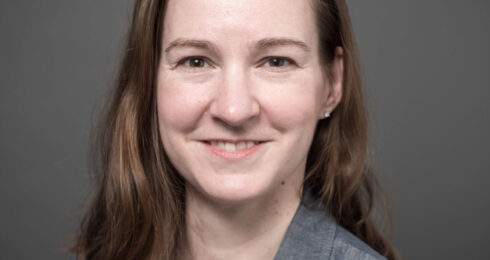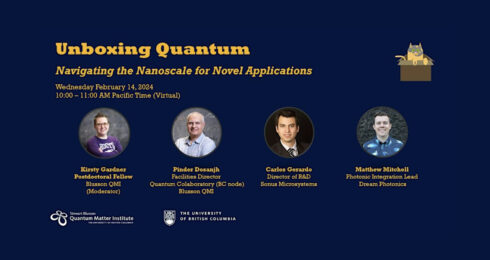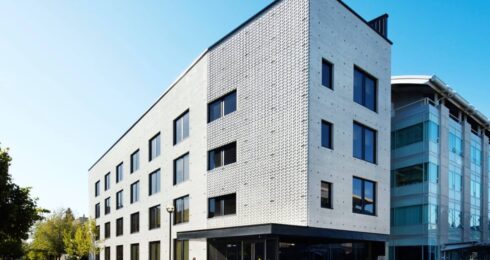February 11 is the International Day of Women and Girls in Science, a United Nations-led initiative to highlight the important role that girls and women play in science and technology research and innovation. Equity and inclusion of women and girls in science is a particularly urgent priority for the quantum science field: though Canada has been a global leader in quantum science and technology for a long time, the Canadian quantum community is still in many ways finding its footing. While the community is developing its national quantum strategy, now is the time to engineer equality into the field.
To put things in perspective, in 2010, women made up 44% of first-year STEM students aged 19 and under in undergraduate degree programs in Canada. Representation was lower in physical and chemical sciences at 32%. According to 2019 statistics in the United States, under 19% of doctorates in condensed matter physics were earned by women.
Finding ourselves in each other
When Mona Berciu began her postdoctoral work in condensed matter, it was clear that she was the exception to the rule. Berciu came to Canada in 1994 to study at the University of Toronto, immigrating from Romania where everyone took the same classes. She slowly began to realize that women studying physics was a matter for surprise in Canada.
“It took me a while to figure out that people were very surprised because it was physics and a woman, not physics as such,” said Berciu, now Professor in UBC’s Department of Physics and Astronomy.
In 2001, going through a tough time and uncertain about her desire to remain in the field, Berciu gave a candidate talk at a Canadian university describing her work investigating how charged particles move through a magnetic semiconductor. In the audience was Sarah Burke, now Associate Professor UBC’s Departments of Chemistry and Physics and Astronomy.
“Mona gave a stunning, high level but accessible talk that all the students were blown away by.” Had she taken the job, Berciu would have been only the third woman faculty member in Burke’s department. “It was really nice to see a woman interviewing and crushing it as a potential faculty member.”
Burke knew as an undergraduate student that she wasn’t well-represented in her field, but realized this more fully when attending a graduate student society event, where she was only one of two women postdoctoral fellows in physics. “I hadn’t felt like it mattered to have role models as a graduate student, until I experienced it, and saw the impact on others. It just felt so much better, like, oh, these are my people, I’m not alone.”
During a particularly difficult period in 2013, with her partner in hospital and unsure of whether she should continue in quantum matter research, Burke gave a talk about her work viewing materials at atomic levels to understand electronic and optoelectronic processes. Alannah Hallas was in the audience, feeling like an outsider after having switched from chemistry to physics for her doctoral degree. Burke, she felt, was speaking her language.
“She was an early career researcher, doing amazing science, and a woman; it was the first time I had encountered someone in this field that I could relate to,” said Hallas.
Hallas, an Assistant Professor in UBC’s Department of Physics and Astronomy, works in quantum materials discovery, aiming to create materials that don’t exist in nature and could have interesting or unique properties. In other words, she grows crystals in her lab. Her experience in STEM has been largely positive, she says, but day to day microaggressions occur, including a recent incident when a man who searched out her office phone number after a research talk to tell her she’s a ‘lovely person.’
“That just doesn’t happen to my colleagues who are men,” said Hallas.
When Samikshya Sahu, a PhD student in Hallas’ lab, was considering graduate schools in 2019, Hallas was part of the reason she chose UBC.
“It was inspiring to see a woman achieving so much at such a young age.” Sahu’s undergraduate class had about 11 women of the 55 students, and only woman with a faculty appointment. She finds the situation at Blusson QMI is “completely different”, with women leaders and mentors providing an empowering example. “You’re more inspired when you see women who are good at what they do. I feel like I can do it too.”
Berciu remembers as a young professor skipping meals at conferences out of fear of where to sit.
“Things are improving,” she said. “These days, if you need it, chances are there is someone who looks like you to sit near. I can’t remember the last time I was the only woman in a room of men.”


